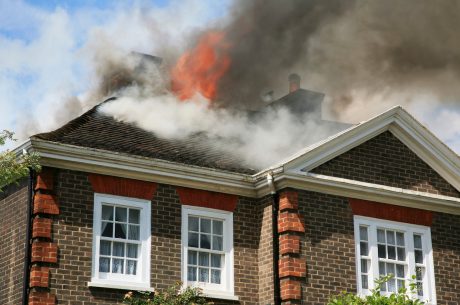
Dealing with water damage or a flood in your house can be extremely stressful and traumatic. When reviewing your insurance policy after a flood, here are some key aspects to consider:
- Coverage Details: Examine your policy to understand what types of water damage are covered. Typically, standard homeowner’s insurance policies cover sudden and accidental incidents like burst pipes or appliance malfunctions. However, floods caused by natural disasters or external water sources may require separate flood insurance.
- Deductibles: Take note of the deductible amount specified in your policy. This is the portion of the claim that you’re responsible for paying out of pocket before the insurance coverage kicks in. Ensure you’re aware of the deductible amount and factor it into your financial planning.
- Policy Limits: Check the policy limits to determine the maximum amount your insurance company will pay for flood-related damages. Make sure the limits are sufficient to cover your losses. If you have valuable possessions or specific items, such as artwork or jewelry, confirm whether there are special limits or coverage extensions for them.
- Exclusions: Understand the exclusions listed in your policy. These are situations or types of damage that aren’t covered. For example, some policies may exclude damage caused by sewage backups or neglect. Be aware of any specific exclusions that may affect your claim.
- Reporting Requirements: Familiarize yourself with the reporting requirements and time limits for filing a claim. Promptly notify your insurance company about the flood to initiate the claims process. Failure to report the damage within the specified time frame might result in claim denial.
- Mitigation Steps: Review your policy to see if it covers temporary repairs or mitigation measures to prevent further damage. It’s important to take immediate steps to mitigate additional loss and protect your property. Document the damage with photographs or videos, as it can help during the claim process.
- Additional Living Expenses: If your home is uninhabitable due to the flood, check if your policy provides coverage for additional living expenses. This coverage can help with costs like temporary accommodation, meals, and other related expenses while your home is being repaired.
- Contact Information: Keep a record of your insurance company’s contact information, including phone numbers and claim submission methods. This will be useful when you need to report the flood and file a claim.
Remember, every insurance policy is unique, so carefully review your own policy to fully understand your coverage and claim procedures. If you have any questions or uncertainties, it’s advisable to contact your insurance agent or the insurance company directly for clarification.



 PuroClean of Rahway
PuroClean of Rahway